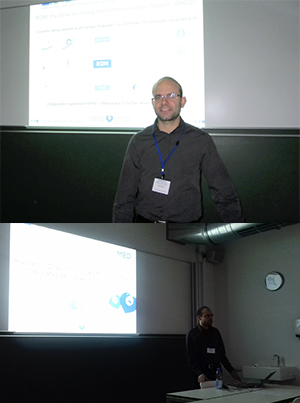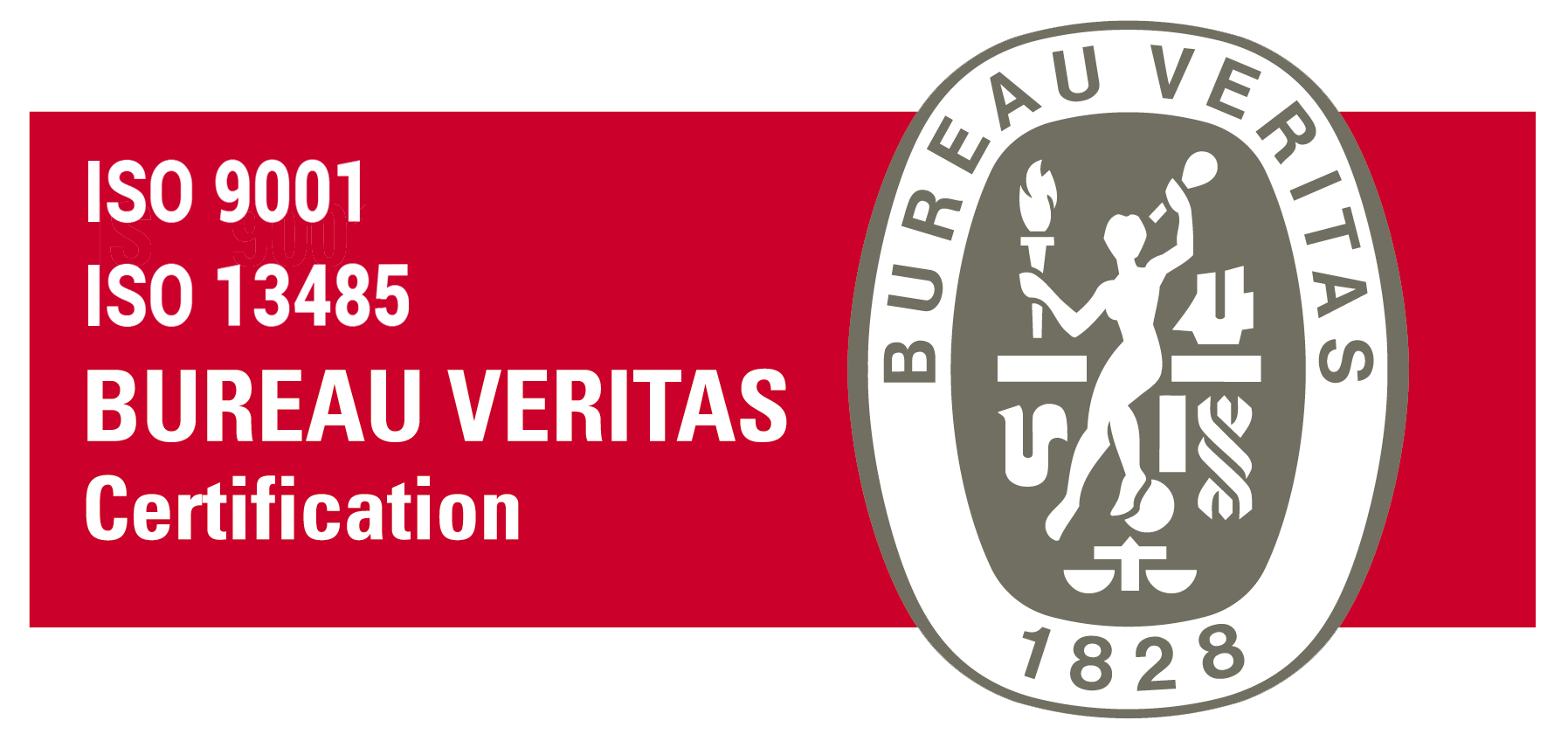Blog
RDM presents for the 1st time at the EURADOS Annual Meeting in Germany
Written by : Karen Frangie - 20/04/17 - In Blog
EURADOS Annual Meeting at the Karlsruhe Institute of Technology (KIT)
On the occasion of the EURADOS Annual Meeting (European Radiation Dosimetry Group) organized by the Karlsruhe Institute of Technology (KIT), Jad Farah, medical physicist at APHP (Le Kremlin-Bicêtre University Hospital), presented Radiation Dose Monitor (RDM), our patient dose monitoring solution.
Members and 250 Associate Members, the EURADOS network supports scientific and technical research in the field of ionizing radiation dosimetry in Europe and internationally.
This year’s program included the 10th EURADOS Winter School on “Internal dosimetry for radiation protection and medicine”. The event − which was held from 27 February – 2 March − was the opportunity for this scientific network to meet, discuss developments and progress of the different working groups, and continue working on harmonizing practices and dosimetry training.
Expert opinions on the Peak Skin Dose (PSD) module
As part of the annual meeting’s “Patient Dose Monitoring in Medical Imaging” working group, Jad Farah gave a presentation titled: “Radiation Dose Monitor (RDM): a new DACS-integrated skin dose mapping solution”.
The presentation generated quite a bit of enthusiasm from medical physicists and dosimetry specialists. Here are the highlights:
The medical physicists’ feedback focused mainly on the solution’s features. The first comment was that it is not only necessary to keep the reconstruction of the skin dose mapping solution over time, but also over a pedagogic point of view, and that we could visualize it in terms of study sequences. In addition, the resolution at 1cm² is an advantage in the simplification of the results analysis. Consequently, calculation of the dose to organs could be investigated more deeply with this module. Improved perspectives on the healthcare professional’s knowledge regarding the impact of ionizing radiation are therefore strongly considered.
The dosimetry specialists have a desire for information but also for evolution. Indeed, the algorithm of calculation needs to be investigated, and there are requests for precise information on the correction of the backscatter factor, the attenuation table and the air-to-fabric conversion have been formulated. Like the medical physicists, dosimetry specialists highlight the major challenge for patient radiation safety, especially with repeated interventional acts. Therefore, experts have expressed their wish to see RDM manage the summation of skin dose maps following various interventional radiology examinations as well as the superposition of these dose distributions on the patient’s anatomy.

RDM soon to be validated through the European Joint Program (EJP) CONCERT
On 1 March 2017, CONCERT launched its second transnational call for proposals on “Radiation Protection Research in Europe” through the European Joint Program (EJP). The aim of the call is to set up innovative national and European research projects in radiation protection. CONCERT has launched this 2nd transnational call to support transnational research projects that combine innovative approaches in the field of radiation protection in line with research priorities. The deadline for submitting proposals electronically is 2 May 2017. CONCERT has also identified patient radiation safety as a priority research topic.
Topic 1: Understanding human health effects from ionizing radiation and improving dosimetry.
Sub topic III: Patient-tailored diagnosis and treatment: full exploitation and improvement of technology and techniques with clinical and dose structured reporting.
In response to this CONCERT call, members of the EURADOS “Patient Dosimetry in Interventional Radiology” Working Group, led by Jad Farah, are preparing a research project focusing on calculating the patient’s peak skin dose in interventional radiology.
The aim of this research project is to harmonize the definition of the Radiation Dose Structured Report (RDSR), to define acceptance and quality control protocols, and to test the various dose mapping solutions. The RDM solution has been chosen for this project as one of the most complete DACS solutions and will be validated in this benchmarking exercise.
A few words on Jad Farah:
Jad Farah, is a medical physicist at the University Hospital of Paris Sud (HUPS – Le Kremlin-Bicêtre University Hospital). He has conducted several studies on patient and operator dosimetry in interventional radiology and has been involved in two major European projects on this topic: ELDO 2012 – 2013 funded at €300,000 by MeLoDi; and EURALOC 2014 – 2017 funded at €718,000 by OPERRA. He has more than 35 scientific publications and 50 papers in the fields of radiology, proton therapy and internal dosimetry.

 Download PDF
Download PDF
